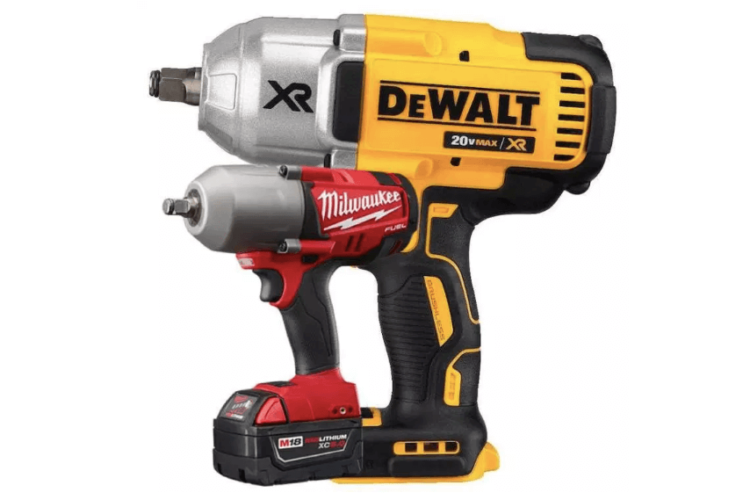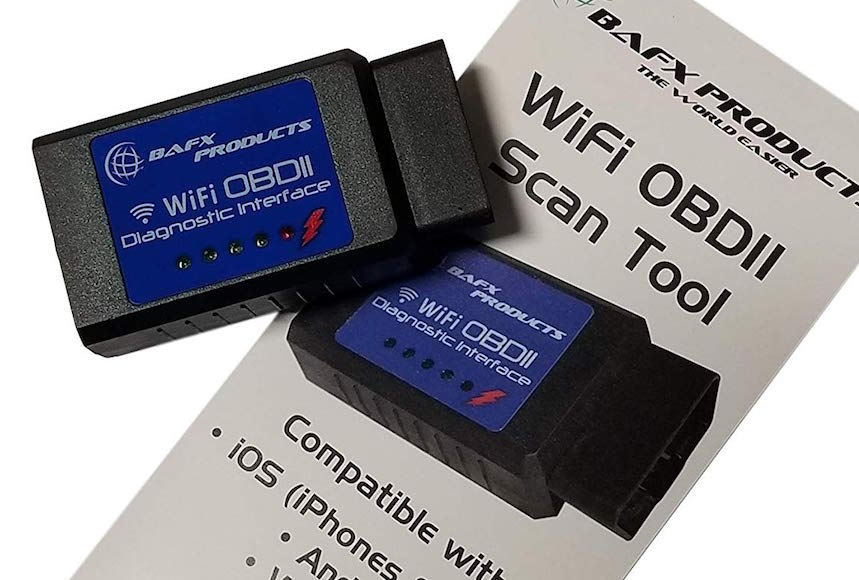Table of Contents
DEWALT DCF899HB vs Milwaukee 2767-20 M18: Illustrated Comparison
Ask any professional or DIY mechanic that owns a 1/2″ cordless impact wrench and you will find pretty much everyone hands down loves these tools. They allow you to have the power of a 1/2″ pneumatic (air) gun at your fingertips for relatively much cheaper than pneumatic tools (no compressor, air hoses, etc.,) and give you supreme mobility. No more tripping on air hoses, or out of luck because your power goes out / air compressor stops working.
In 2019, there are two main competitors that professional mechanics and DIYers love. The Milwaukee 1/2″ impact wrench (2767-20) and the Dewalt 1/2″ 20V XR DCF899HB. Both of these tools are made to deliver tremendous breakaway torque by using a heavy spinning anvil that hits against the drive portion of the impact wrench. This allows the tool to be able to break apart welded together rusty bolts, and also can be used for driving screws into the thickest of wooden slabs.
Regardless of what you are using it for. It is important to buy the best impact wrench you can get in 2019. I asked professional mechanics, researched the two brands myself, and came up with this illustrated buying guide.
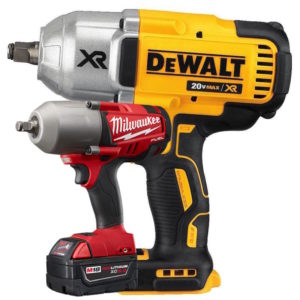
So what is better the Dewalt or the Milwaukee impact wrench? Based on power, warranty, battery compatibility and price– the Milwaukee 2767-20 is both more well-liked by professionals than the Dewalt and offers better value.
However, if you are really sold on the Dewalt, don’t be ashamed. It is also an amazing tool worthy of professional use.
Breakaway and Tightening Torque: Milwaukee VS. Dewalt
DEWALT DCF89HB
When we talk about breakaway torque, basically the manufacturers are trying to put a number on how many ft-lbs of torque these torque wrenches can break loose. How tight can a fastener be (bolt or screw) before the impact wrench will not be able to remove it?
Unfortunately, like a lot of things, there is a ton of marketing, making the tests show the performance to be the highest possible number, and manipulation done on the part of the companies.
However, most people agree that Milwaukee’s 2767-20 1400 ft-lbs of breakaway torque is accurate. The DEWALT DCF899HB only delivers 1,200 foot-pounds of torque. So, we are talking about 200 ft-lbs difference between the Milwaukee and the Dewalt. I don’t know about you, but I will take every bit of power I can get for removing stubborn bolts.
Tightening Torque?
What about for tightening fasteners back in? Both the DEWALT and the Milwaukee have considerably less torque when tightening than loosening. This is because most of the time you should be using a torque wrench to tighten bolts back anyways.
However, with tightening torque the Milwaukee wins again. It has 1,000 ft-lbs of tightening torque compared to the Dewalts 700 ft-lbs of tightening torque.
The DEWALT DCF899HB delivers up to 1,200 foot-pounds of torque for breaking stubborn bolts. It then decreases its torque to 700 for fastening or loosening applications.
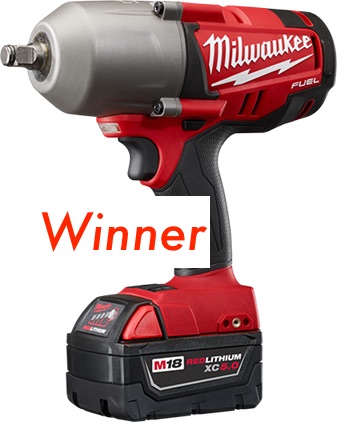
Conclusion: It’s clear that the Milwaukee 2767-20 is more powerful both when loosening and tightening bolts. However, for most automotive and carpentry application you would be hard-pressed to notice the difference. For me, Milwaukee’s extra power makes it the obvious choice when deciding which is the better buy.
Impacts per Minute (IPM)
DEWALT DCF89HB
This is definitely less important than the amount of torque each impact wrench can put out, but it is an important number to think about when making a buying decision.
Essentially, IPMs are a measure of how many times the hammer hits in a minute. The DEWALT has a slightly higher number of IPMs with 2,400 whereas the Milwaukee 2767-20 has an IPM rating of 2,100.
However, the beauty of the Milwaukee impact wrench is an addition nut buster setting. Basically, this tells the unit to hit at full power and full RPM’s until it feels the bolt break lose.
Milwaukee 2767-20 M18
The Milwaukee’s motor produces up to 2,100 IPM. This is 300 Impacts Per Minute less than the Dewalts 2,400. However, you would be hard-pressed to notice the difference. The Milwaukee is able to remove tighter fasteners than the Dewalt, so while the Dewalt wins in this category it can’t hit quite as hard as the Milwaukee impact wrench anyways.
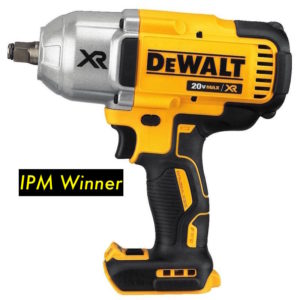
Conclusion: You won’t notice this difference during daily use. However, the Dewalt does win here with 300 more IPM’s than the Milwaukee. Does it matter? Not really.
Battery Runtime
DEWALT DCF89HB
Both the Milwaukee and the DEWALT use Li-Ion technology in their batteries. For cordless power tools, a good battery means reduced downtime and more power. It can be tricky to quantify battery run time since there are many variables. Both of these tools handle themselves very well, and unless you work at a tire shop doing lug nuts all day– will likely last you the whole day.
For either the DEWALT or the Milwaukee you are going to want to upgrade to a 5.0+ Ah battery. The smaller 2.0 Ah (amp hour) batteries won’t actually last you very long at all. These tools demand a lot of battery power, and to be able to work best they need freshly charged beefier batteries.
Don’t use the small 2.0Ah batteries with either tool, you won’t get full power and the battery won’t last long at all. It is ok in a pinch!
Milwaukee 2767-20 M18
The Milwaukee, like the Dewalt, also has a brushless motor which means longer motor life and less heat output. When you upgrade to the Milwaukee XC5.0Ah M18 battery, some professionals technicians say battery life lasts all day. It really depends on how hard you are pushing the tool.
Doing tire rotations all day? You should have two batteries to swap out on the charger. When pushed hard these tools will go through the battery much faster than if removing smaller bolts.
Milwaukee and Dewalt both offer HUGE batteries capable of really running the tool all day. However, these batteries start to really make these tools weigh a lot! For example, the Milwaukee 9.0Ah battery weighs 2.4lbs by itself and the Dewalt 9.0Ah equivalent battery weighs 2.2lbs. Add that to the weight of the 1/2″ tool itself (5.5lbs) and you get a total weight of 7.9lbs. The Dewalt tool itself weighs (6.4lbs) and add a 9.0Ah battery and you get a total weight of 8.6lbs.
Conclusion: Run the biggest battery that you can manage actually holding up for as long as you need. The minimum battery I recommend running is the 5Ah Dewalt or the 5Ah M18 Milwaukee battery. With the smaller 2.0Ah batteries, you just won’t get a great run time and the impact wrench will never reach its full potential of power.
Pro Tip: If you are considering other brands for an impact wrench like Snap-On, Ingersol-Rand, or Dewalt, etc., make sure they are BRUSHLESS motors. Luckily with both the Dewalt and the Milwaukee, you are getting a brushless motor. However, take the Snap-On 1/2″ Impact Wrench in comparison and you realize it is more than double the price and isn’t a brushless motor.
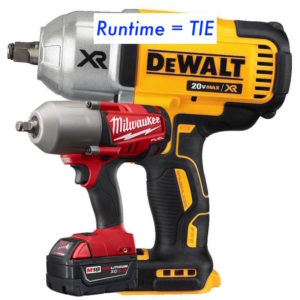
LED Light
DEWALT DCF89HB
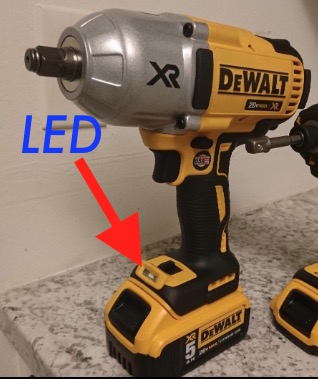
When working on cars it can be hard to see what you are doing. That is why one of the coolest features on these impact wrenches are their LED lights which allow you to see what you are doing.
What should you look for in an LED light on these tools?
One that doesn’t blind you, one that actually shines where you want to see, and one that stays lit after you release the trigger for a couple of seconds longer. The DEWALT comes with a built-in LED light that stays on for 20-seconds even after you release the trigger.
Milwaukee 2767-20 M18
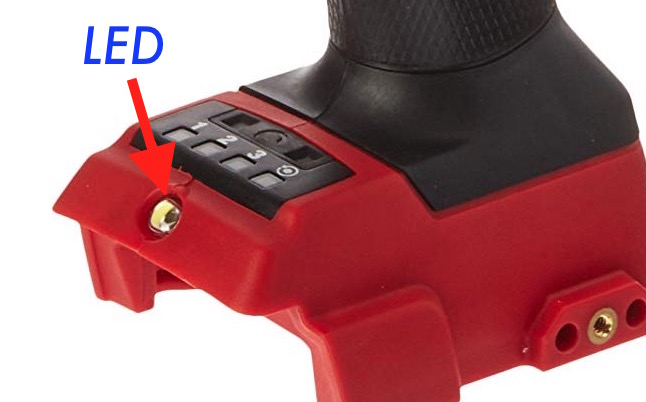
The Milwaukee also has a handy LED light. Unlike some review sites, you can find online that seem to miss this feature, you can clearly see the LED light lit up in the photo below.
Conclusion: Both the Milwaukee and the Dewalt come with an LED light that is located at the base of the tool. It points up in an effort to provide the best light for you when trying to find that fastener to remove. Let me be honest though, you aren’t buying this tool for the light, and this should be one of the last considerations when choosing which tool is right for you. Luckily, it doesn’t really make any difference as both the Milwaukee and the Dewalt come with very similar LED lights in the same spots.
Weight
DEWALT DCF899HB
— The Dewalt DCF899HB weighs in at 6.4lbs (tool only).
It is .2 pounds heavier than the Milwaukee 2767-20 but remembers this also before we add a battery. The thing to remember with any impact wrench air or cordless is that the weight of the tool is directly relative to its ability to break high-torqued or rusty fasteners loose. Simple physics items with more mass will have more inertia, and that means the hammer hitting impact of the impact wrench that has a heavier rotating mass will hit harder.
Therefore, for these tool companies, it is all about the balance between weight and ability. They could make a tool that was insanely heavy and totally uncomfortable to use but would have outrageously high torque numbers.
Milwaukee 2767-20 M18
— As for the Milwaukee, it comes in a bit less than the Dewalt at a tool only weight of 6.2lbs (tool only).
Both of these tools will lead to fatigue if you are using them overhead or for continuous use. As a comparison, a pneumatic (air) impact wrench capable of similar high-torque breakaway values will weigh quite a bit less– around 4.5lbs. After adding a battery to these cordless impacts you sometimes are looking at around 10lbs total.
Ideally, you aren’t using these Cordless 1/2″ impacts all the time. They are designed to be used just to break super tight bolts and nuts loose, then you grab a smaller compact impact gun (for example the 3/8″ Dewalt or the 3/8″ Compact Milwaukee
Stubby). It is just to break those super tight nuts and bolts loose. You should be buying a mid-torque impact wrench for everything else (so much easier to handle and lug around).
Conclusion: The Milwaukee and the Dewalt are not COMPACT tools and are HEAVY. However, weight and power go hand-in-hand in the impact wrench world. Try to avoid lifting these tools over your head as much as possible. Grab a mid-torque 1/2″ or 3/8″ cordless impact wrench for those not so tight fasteners.
 I found some great prices, buying the DEWALT DCF899HB on Amazon
I found some great prices, buying the DEWALT DCF899HB on AmazonWarranty
DEWALT DCF899HB
The Dewalt comes with a 3-year warranty on the tool. It DOES NOT cover wear and tear or abuse. However, they are likely to refuse to warranty out the tool if it dies within that 3 year period simply because you used it too hard. But say you drop it in an oil pan doing an oil change? They might very well tell you sorry. You also get a 90-day money back guarantee with no questions asked if you aren’t satisfied. Click here to read more about the warranty.
Milwaukee 2767-20 M18
The Milwaukee 2767-20 M18 beats the Dewalt with an extra 2 years of warranty. Also, no registration is needed on the tool for warranty claims. They use the serial number on the tool which lets them know when the tool was made. Your warranty starts from that date and lasts for 5 years. To read more about the Milwaukee warranty click here, I wrote a complete article including detailing exactly what is the easiest way to get your tool warrantied.
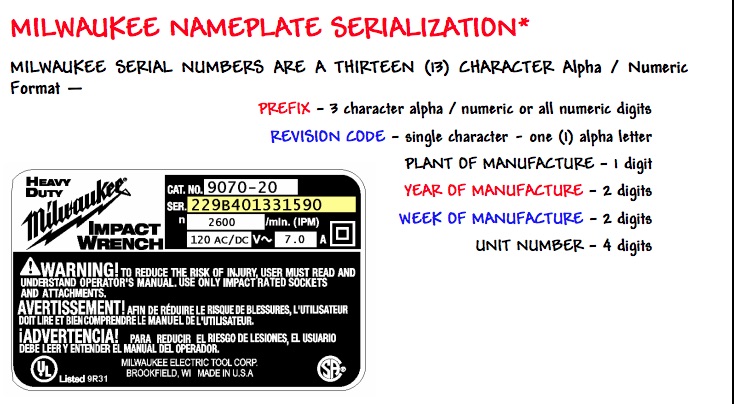
Conclusion: Milwaukee’s 5-year warranty beats Dewalt’s 3-year warranty.
Speed Modes:
DEWALT DCF899HB
The Dewalt has three different speed modes which are used to avoid breaking smaller fasteners when reinstalling or loosening. Basically, these modes allow you to “turn down” the intensity of the impact wrench. Because unless you have a super controlled trigger finger it can be really easy to break bolts with these tools. The 3-speed mode control is located above the battery at the base of the tool.
Milwaukee 2767-20 M18
The Milwaukee has 3 different “drive modes” which like the Dewalt basically dial down the speed and intensity of the hammer hits so you can have more finesse removing or installing smaller bolts. The biggest plus to the Milwaukee is its patented “bolt removal mode,” which basically detects once the bolt has been broken loose by the impact wrench and reduces the RPMs of the impact wrench to keep the bolt from being spun off and flying around the shop.
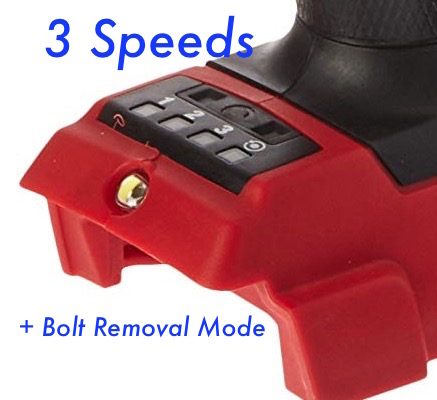
The “bolt removal mode” is a HUGE plus over the Dewalt for the Milwaukee.
DEWALT vs Milwaukee: Which Is Better?
If you are stuck between the Dewalt and the Milwaukee impact wrench, let me make it simple for you– go with whatever brand speaks to you more. Personally, I like Milwaukee tools because of their superior warranty (5 years for the tool). And there are tons of tools that also use the same M18 batteries as the impact wrench. Milwaukee has made a conscious effort to try to corner the market of automotive technicians cordless power tools. Dewalt really hasn’t yet (no impact wrenches available) and many fewer automotive style tools offered.
The Dewalt and the Milwaukee are both awesome impact wrenches capable of removing even the toughest semi-truck lug nuts quickly and easily. If you want to really study the numbers and pick the best impact wrench then go with the Milwaukee M18 2767-20.


